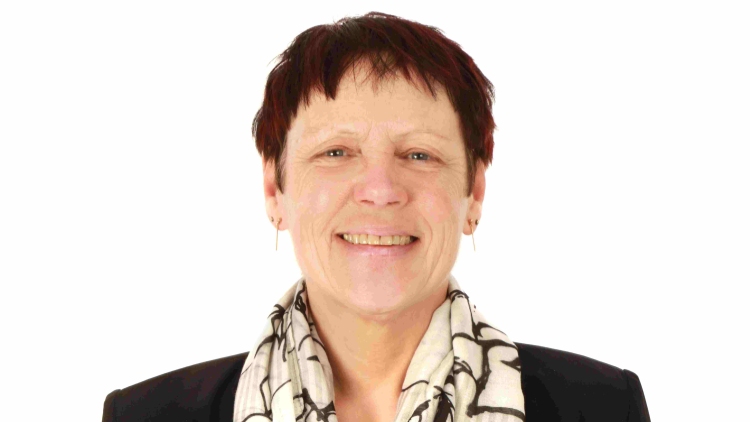
Christine Gausden, an academic delivery manager for UCEM, tells CM how she hopes her work will raise the uptake of BIM and soft landings in construction.
Tell us about the research you are currently working on.
I am not a career academic and I do not undertake research in a traditional way; I have always volunteered to participate in a mix of industry initiatives and best practice.
Early in my career this would have been in my role as chair to the CIOB Women in Construction Committee, or as vice chair to the Latham Working Group 12 specific to partnering.
I am presently an academic delivery manager at the University College of Estate Management (UCEM). I am the programme leader responsible for the delivery of the MSc in Construction Management programme.
My current area of ‘research’ pertains to soft landings and information management, with a focus on the use of BIM to ensure the compliant and efficient use of assets when in operational use. I am a UKBIMAlliance volunteer, part of the Communities Leadership Team, and I also lead the BIM4FM community hub. I seek to disseminate best practice particular to BIM and soft landings, the application and the benefits to clients and building owners in the operational use of built assets
What inspired you to pick this topic?
As a practitioner, I was frequently responsible for the inspection of built assets, ascertaining the condition, the compliance of an asset, the fitness for purpose relative to the client-specific requirements, and the subsequent delivery of planned maintenance and refurbishment projects. Assets were largely required to remain operational throughout, which meant substantial logistical challenges.
There were no digital resources through which to record data and, while these tasks were undertaken diligently, the time required to record this information was lengthy and the subsequent sourcing and updating of information onerous. The advent of BIM, the wider use of digital tools to better compile, record and use information and data, can only improve the management of built assets.
What’s the problem/issue?
Industry understanding particular to soft landings and BIM has progressed substantially within the past decade. It has evolved from a computerised 3D model integral to the design and delivery of an asset to the provision of a process for the management of information to better manage the built asset.
“The advent of BIM, the wider use of digital tools to better compile, record and use information and data, can only improve the management of built assets.”
Notwithstanding this progress, their wider adoption has been slow and there remain numerous parties across the wider built environment who perceive it as too challenging. Cultural differences remain, together with the perception the requisite software may be incompatible, expensive, and require extensive training commitments. There are also concerns about the ongoing need to update the data model throughout the operational use.
While the concept of soft landings should be fundamental to current best practice, uptake has been slow, the perception of several parties remains this concept is only applicable to public sector projects, or for clients with substantial estates.
Barriers are gradually breaking down. The Building Safety Bill and the current government mandate has served to better focus the views of those parties reticent to adopt soft landings and BIM.
How do you see your work helping?
I am part of an ever-increasing number of volunteers for the UKBIMAlliance and this assists in the promotion of BIM and soft landings. While all parties have their own specialist areas of interest, no one has a commercial interest and all output is collaborative.
The various BIM communities and regions provide presentations and conference speakers, and contribute to published works, all of which serve to disseminate best practice. Other parties to the UKBIMAlliance are heavily involved on the provision of new standards, ISOs and guidance documentation. My particular focus is the provision of current case studies, from the client perspective, seeking to break down the perceived barriers
Who is it aimed at in the industry?
I seek to provide a client perspective, highlighting the benefits of the further use of the information model for the operator and the building owner. Given the relatively recent focus on the long-term use of data, these examples are less prominent, however, it is critical all parties understand this requirement. The ‘buy in’ of the client is critical in the persuasion of the adoption of BIM and soft landings.
Where do you go from here?
As with many new initiatives across the built environment, considerable time and effort is needed to impart the benefits. The dissemination of best practice, the implementation of soft landings and the provision of the digital data ‘model’ to ensure that assets are compliant and fit for purpose, is an ongoing personal objective.








